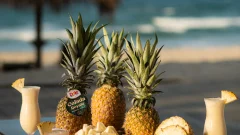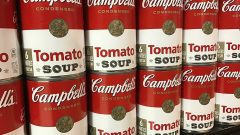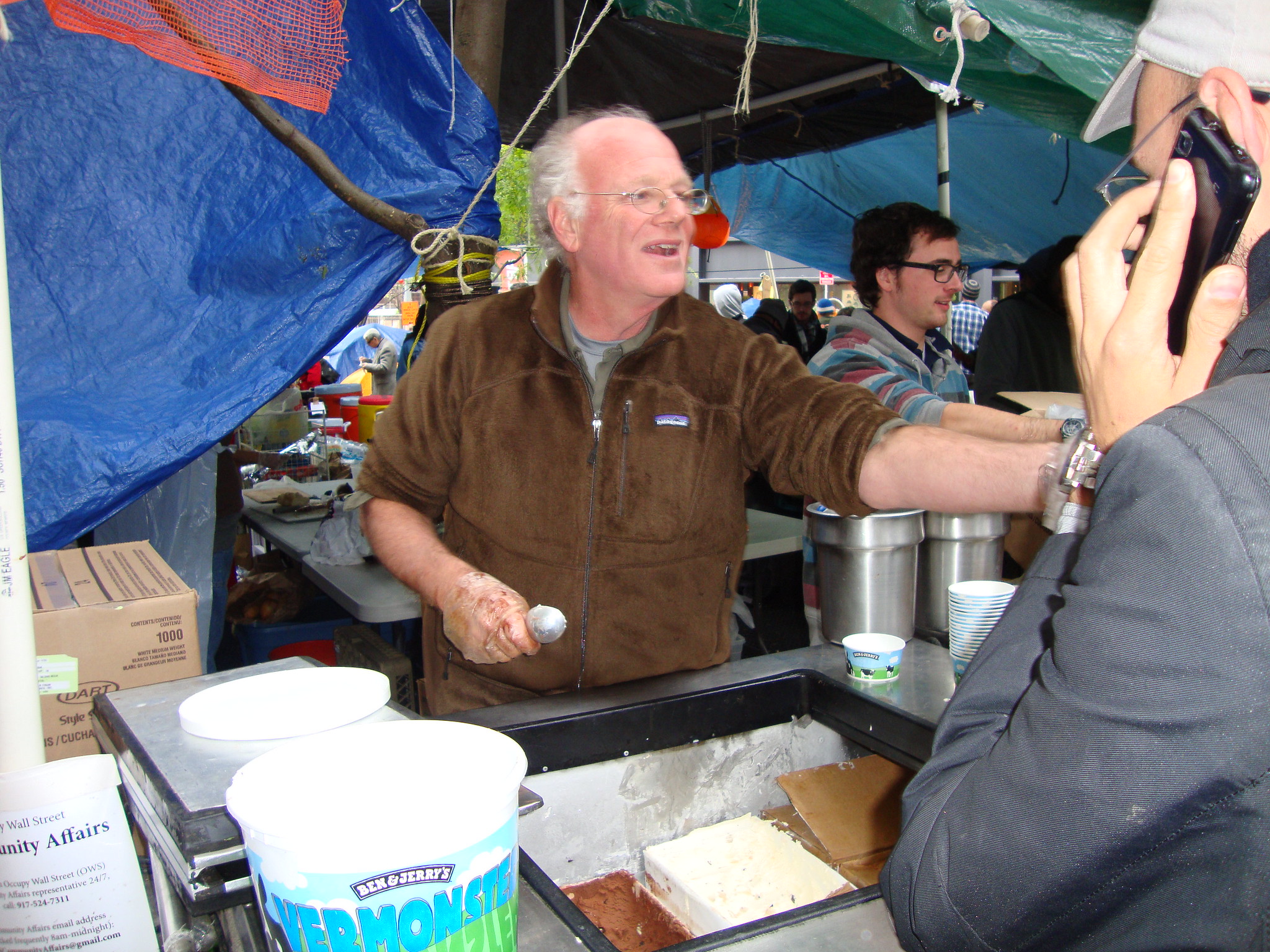21 Filipino Foods You Should Know About
Have you ever tried Filipino food? I’m sure your Filipino friends have asked you at some point or another. For the majority, the answer is usually, “Ya… I think so, I’ve tried lumpia before. Does that count?”
It does, but you’re only brushing the surface. Floating over it, if you will. The history of Filipino food is troubled, wonderful and full of heart. It’s been conquered, relinquished and diluted.
The reason? Food, like all things in life, is tied to power. A simple hot dish of rice, eggs and longaniza evokes 300 years of Spanish colonization. While the heavy influences of Chinese and Malaysian cuisine can be found in the savory soups and heavy use of soy sauce. Again, I’m floating over the surface. Barely touching it.
So, let’s casually bypass the centuries of cultural tension that took place on those tiny islands floating in the Pacific Ocean to… now. Filipino food is going through a revival. In modern America, of all places. This is in part thanks to Filipino pride expressed in Instagram photos of tapsilog egg porn, fearless young restaurants like NYC’s Filipino gastropub Jeepney, and the internet’s insatiable desire to find the next “pretty young thing”.
We’d like to be the first to give you a proper introduction to this world’s glorious cuisine. So, sit tight, relax, and enjoy the view. We take no responsibility for any post-crispy pork cravings.
____
Sisig

TASTE: CRISPY, VINEGAR, SOUR
Chopped ear-to-jowl pork braised, fried and served on a sizzling plate. Seasoned with calamansi — a small, green citrus fruit — and chili peppers. Must always be served with a ready-to-pop sunnyside up egg. If not, it’s not proper sisig.
____
Sinigang

TASTE: STRONG SOURNESS, FISHY
While a variety of meats can be used for this dish — pork, beef, etc. — milkfish or bangus is a favorite. Just a warning: milkfish is notoriously bony. Luckily, its delicate, tender texture is worth the inconvenience. The broth is flavored with strained tamarind and stocked with okra, taro, eggplant, water spinach, and string beans.
____
Crispy Pata

TASTE: DEEP GARLIC, VINEGAR
Pork leg simmered in star anise, bay leaf and peppercorns, then rubbed down in garlic and salt, before being deep fried until the rind gets crispy and the inside soft and tender. Served with a side of spicy vinegar.
____
Pinakbet

TASTE: ANCHOVIES
As you might have noticed by now, a lot of Filipino cuisines are potent in flavor. Very few dishes can be described as “light” and “airy.” Pinakbet, for instance, is made from bagoong — a paste of fermented ground shrimp and salt. The smell is intoxicating, which garners either a love or hate reaction. Spiced with garlic, ginger and onions, this vegetable dish comes packed with squash, string beans, okra, eggplant, bitter melon and chili peppers. Shrimp or beef is sometimes added.
____
Pork Adobo

TASTE: SOY SAUCE, VINEGAR MEAT CRACK
Not to be mistaken by Spanish adobo. Filipino adobo is an absolute staple in the Philippines. The smell of it alone puts me in the mood, yes that mood. The dish is quick and simple, marinate pork or chicken in soy sauce, vinegar, garlic and bay leaf sauce. Simmer until meat is tender and serve over a hot plate of rice.
____
Lechon Kawali

TASTE: SALTY, FATTY
I suggest adding “eating lechon hot from the frying pan” as one of the less ambitious, tastier things on your bucket list. The deep-fried pork belly crackles as you bite into the salty skin, then tender fatty layers of meat. Spanish-influenced, expect to eat these crispy bits of magic by the handfuls.
Oh, and don’t forget to dip in Mang Tomas “brown sauce”.

____
Lumpia

TASTE: FRIED GARLIC, ONION-STUDDED PORK
Derived from the Chinese spring roll, lumpiang shanghai packs ground pork embedded with chopped onions, garlic and veggies into a fried eggroll. They’re usually found next to a side of sweet and sour dipping sauce but I like slathering it in Mang Tomas, because that liquid crack goes great on everything.
____
Dinuguan

TASTE: SWEET, SOUR, SPICY, AKA ALL THE THINGS
My grandmama calls this one “chocolate meat”. A savory stew of pork offal — snout, intestine, lungs, etc. — simmered in a rich gravy of pig’s blood spiced with chili and sweetened with sugar. The added garlic and vinegar bring this dish to next-level savory. Oh, stop fussing. It’s delicious. I promise.
____
Tapsilog

TASTE: EGG-SOAKED MEATY GOOD GOOD
Tapsilog is a portmanteau of tapa (beef slices), sinangag (fried garlic rice), and itlog (fried egg). Think of it as the holy trinity on one plate of unadulterated egg porn.
____
Kare Kare

TASTE: PEANUT BUTTER
Oxtail stew flavored with peanut butter. One of the more subtle-in-flavor dishes of Filipino eats. Best when generous amounts of tripe are thrown in.
____
Ampalaya Con Carne

TASTE: BITTER
One of the healthier dishes on this list, Ampalaya Con Carne mixes bitter gourd and beef strips. The gourd is chock full of nutrients — Vitamin C, Folate, and Riboflavin, to name a few.
The extreme bitterness has a wonderful slap-you-in-the-face effect.
____
Pancit Malabon

TASTE: FISHY STIR-FRY
Noodles colored with a orange sauce flavored with patis — fish sauce – and bagoong (which is also used in pinakbet). Usually topped like a seafood Christmas tree and garnished with a sliced hard boiled egg.
____
Longganisa

TASTE: SAUSAGE CANDY
Just imagining having this for breakfast with warm rice and egg yolk spilling everywhere makes me sweat. A nod to Spanish chorizo, longganisa is a sweet sausage with an addicting garlic taste.
____
Filipino Spaghetti

TASTE: SWEET TOMATO
Two words: Banana Sauce. My mom makes this for me every time I come home to visit. It’s quick, easy and has a wonderful, distinct taste thanks to the banana sauce added to the tomato paste.
Protip: Use tiny Vienna sausages in a can for the hot dogs. Trust.
____
Halo-Halo

TASTE: THE HOLY GRAIL OF DESSERTS
Halo-Halo means “mix-mix” in Tagalog. There are three layers to this beloved dessert. Bottom: candied fruits and beans. Middle: Shaved Ice. Top: a scoop of ube ice cream (purple yam), evaporated milk, and if you’re lucky, chunks of leche flan (below).
Make sure to mix it really well, so you get a bit of everything in each spoonful.

____
Gulaman



TASTE: MAPLE SYRUPY BOBA
It’s not unusual to find a clear tub of this at Filipino parties. Chewy gulaman cubes and sago pearl jellies floating in dark sugar syrup. Served ice-cold. A heaven-sent refreshment in the summer.
Note: While similar to gelatin, gulaman is a carbohydrate made from seaweed, while gelatin is a protien from collagen in animal skin and bones.
____
Sarsi

TASTE: LICORICE ROOT BEER
You can find this at any convenience store in the Philippines. A sarsaparilla-based soft drink, Sarsi carries a strong licorice flavor with a sweet flavor similar to root beer.
Protip: Pour Sarsi into a glass, then add a few scoops of vanilla bean ice cream for a “Sarsi Float”.
____
Chicharon

TASTE: SALTY
Deep-fried pork rinds. Almost any store in the Philippines will have plastic bags of chicharon on its shelves, next to the Sarsi. Popular throughout Latin America and Spain as well.
One of my personal favorite finger foods, especially when there’s spicy vinegar on deck to dip it in.
____
Leche Flan

TASTE: SILKY CARAMEL
Good luck taking “just one bite” out of this one. A rich custard made with egg yolks and condensed milk, topped with a soft caramel surface. If you’re making this at home, I recommend making the syrup yourself, as opposed to buying it at the store. The process is simple enough — slowly melting brown sugar into a syrupy liquid — but takes patience.
____
Polvoron

TASTE: SHORTBREAD COOKIE POWDER
A soft, crumbly candy made from powdered milk, butter and toasted flour. Warning: this will make a mess no matter how hard you try to keep it neat. Don’t worry, it’s worth it.
____
Ube Halaya
TASTE: SWEET, SAVORY
Made from mashing purple yam and stirring in evaporated milk, condensed milk, coconut milk and sugar over low heat. Often referred to as “purple yam jam.” Hands down my all-time favorite Filipino dessert for its simplicity in flavor and recipe. If you’re looking for a thicker halo-halo version, swap the ube ice cream with ube halaya.
____
Photos taken by Peter Pham























